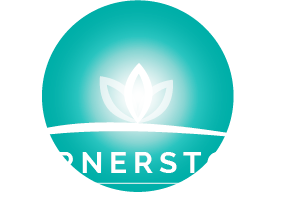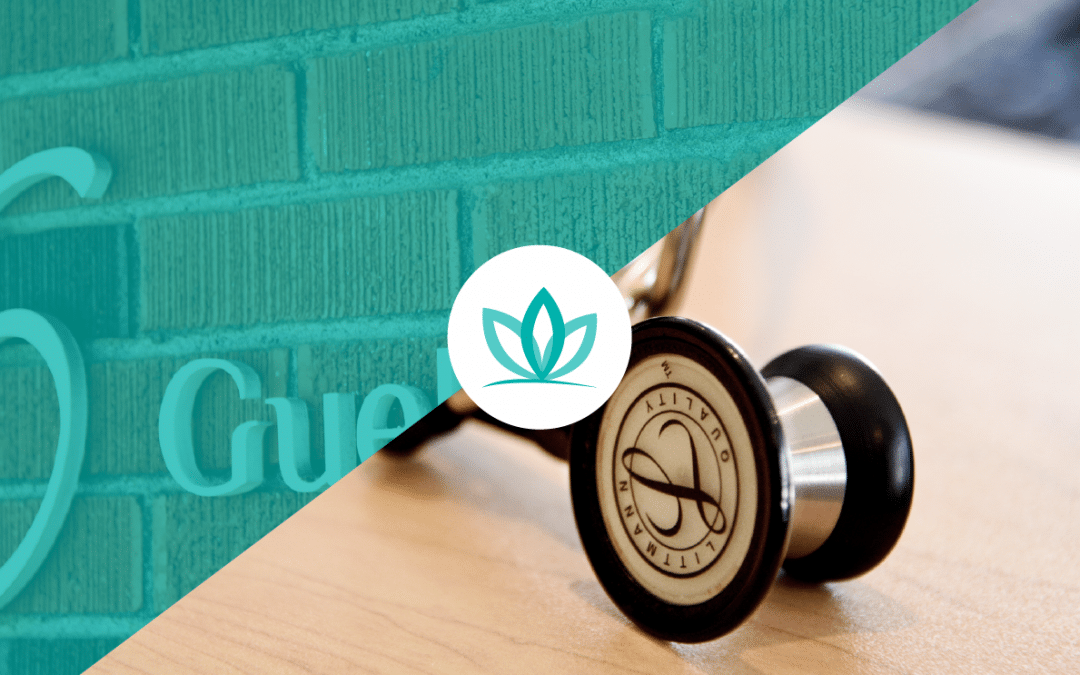Wrinkled fingers and sore feet are the only aspects of canning and preserving that I don’t enjoy. Every September I find myself happily exhausted after a weekend standing in my sister’s kitchen making tomato sauce. My whole family partakes in this tradition that results in at least a year’s worth of tomato sauce in one loud, messy and slightly disorganized weekend. No, we are not Italian and we don’t make the sauce in a garage – although we were formally trained by an Italian family in their garage. We make it on my sister and brother-in-law’s beautiful country property, outside, with the kids running around and stations of family members cutting up onions, garlic, hot peppers, basil and eggplant. We blanch, grind and cook the tomatoes for hours until we all agree on a best consistency and flavor. Then it all gets jarred and divvyed up among the siblings and grandparents. One of the best parts of this experience is that we collectively grow many of the ingredients. What we don’t grow ourselves we buy locally from growers who produce organically.
In the midst of this crazy weekend we have a big meal that happens to be completely locally sourced. This year, as I looked down the dining room table, I realized that “slow” food is so ingrained in my upbringing that I don’t really consider the fact that most families don’t do this kind of thing anymore. The chickens we roasted were from a farmer near our cottage, who has pasture-fed chickens living in a mobile hen house that rolls around his field. The swiss chard, giant Lutz beets and green beans were all from my mother’s or sister’s gardens. The potatoes were from our friend Daniel’s organic farm in Northumberland County. My brother made a risotto with local cheese and beautiful local shitake mushrooms.
What if we all took a moment to consider the source of our food? Obviously we can’t grow it all or raise it all ourselves, but we can grow and source enough food locally such that it becomes fun to give and receive the bounty. In our family we all contribute in our own way and share what is uniquely our own. We all have our own specialities – I make great dill pickles and relish; my sister makes various jams, raises bees for honey AND (no kidding) makes her own maple syrup from trees on their property. My mother dries herbs and has an extensive root cellar. We all harvest from our own gardens and freeze what we can for the winter. You would almost think that we were a farming family – but we’re not. We are all busy, professionals with demanding careers and active children. It’s just simply how we manage our food supply and how we choose to eat. Without consciously knowing it we are all active proponents of an important eco-gastronomical movement known as “slow food”. This movement counteracts “fast food” and connects individuals to the source of their food. I believe that this choice has distinct and direct implications for our environment, our food supply and most importantly, our health. I think that moving in this direction is the single most important thing a family can do for disease prevention and optimal health. For years I have observed that my healthiest patients are invested in quality food which almost always equates with local, seasonal and fresh. They take time to cook meals in the evening and consume very little food that is prepared or packaged. Sound too difficult? It may feel that way at times but the ripple effect for your family’s health and the environment, not to mention the local economy, is worth it.

